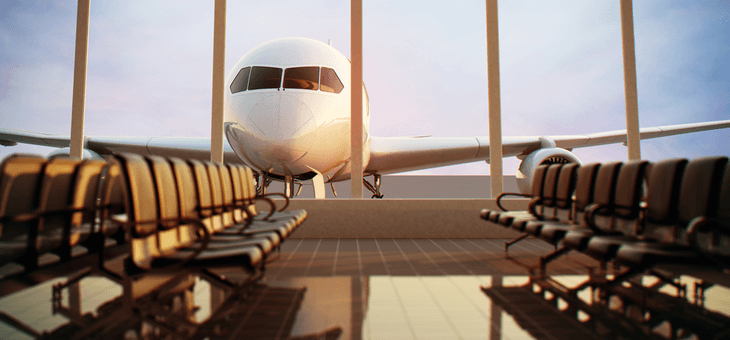Even before the pandemic, airports were already considered one of the germiest places in the world. With domestic and international travel trickling back into a steadier stream, it’s little wonder people are worried about transiting through airports.
Lavinia would like some tips on getting through the airport with the lowest risk of picking up an ‘unwanted passenger’.
Q. Lavina
I’m flying to Fiji next month and am a bit worried about catching COVID at the airport. Do you have any tips for getting through safely?
A. If you’re planning a trip in the next couple of months, you’ll need to have your wits about you wherever you go. The airport will be the first hurdle.
All I’ll say is touch as few surfaces as possible and sanitise wherever you can’t actually wash your hands with soap and water. Steer clear of coughers and sneezers and anyone who looks ill and keep your mask on wherever you’re near other people, inside or out.
You know, exactly what you’ve been doing for most of the past two years.
When you’re at the airport, watch out for these places.
Check-in kiosks
You’d be forgiven for thinking the toilets were the germiest places in airports. That honour belongs to self-check-in kiosks. A study of US airports revealed that the places with the highest number of bacteria and fungal cells per square inch (CFU) with an average of 253,857 CFU was the self-check-in kiosks.
You can’t really avoid touching them though, so make sure you sanitise your hands both prior and after touching one.
Read: The dirtiest places at the airport
Security carry-on trays
If you’re travelling with carry-on items, you’ll have to touch these too. According to research, published in the BMC Infectious Diseases Journal, half of the trays swabbed in a Finish airport carried traces of a respiratory virus.
“We found the highest frequency of respiratory viruses on plastic trays used in security check areas for depositing hand-carried luggage and personal items,” wrote the study’s authors, who also highlighted how viruses survive longer on non-porous plastic surfaces.
Again, sanitise before and after touching them and don’t, whatever you do, touch your face in between.
Read: How to avoid germs on a plane
Passport control windows
The plexiglass that separates us from passport checkers is where all those mouth and nose borne droplets live. So, while handing over your passport and documents, take extra care not to touch that germ-ridden screen.
Arm rests in the gate lounge
Recent data revealed an average of 21,630 CFU on chair armrests in boarding areas at gates. So if you have to sit, give them a wipe with your sanitiser wipes beforehand.
Water fountains
This is a no-brainer and, really, they should or will most likely be decommissioned at airports during the pandemic. A study commissioned by InsuranceQuotes.com found that buttons on water fountains were home to an average of 19,181 CFU. Your toilet seat has an average of 172 CFU. What does that tell you?
Once you make your way through, make sure you use your sanitiser wipes to wipe your plane seatbelt, armrests, tray table and any surfaces with which you’ll come into contact while flying. Oh, and a plane’s toilet flush button contained around 95,145 CFU, sooooo …
Read: Five germiest places on planes
And at your accommodation, best wipe your TV remote, light switches, lamp buttons and any non-porous plastic or metal surfaces. This may include the glasses and water bottles provided.
It may all seem like overkill or force of habit by now. Either way, stick to these guidelines and your chances of contracting COVID should be a lot lower than if you don’t.
Do you have a Travel SOS question for us? Why not send it to [email protected] and we’ll do our best to answer it – or find someone who can!
If you enjoy our content, don’t keep it to yourself. Share our free eNews with your friends and encourage them to sign up.

